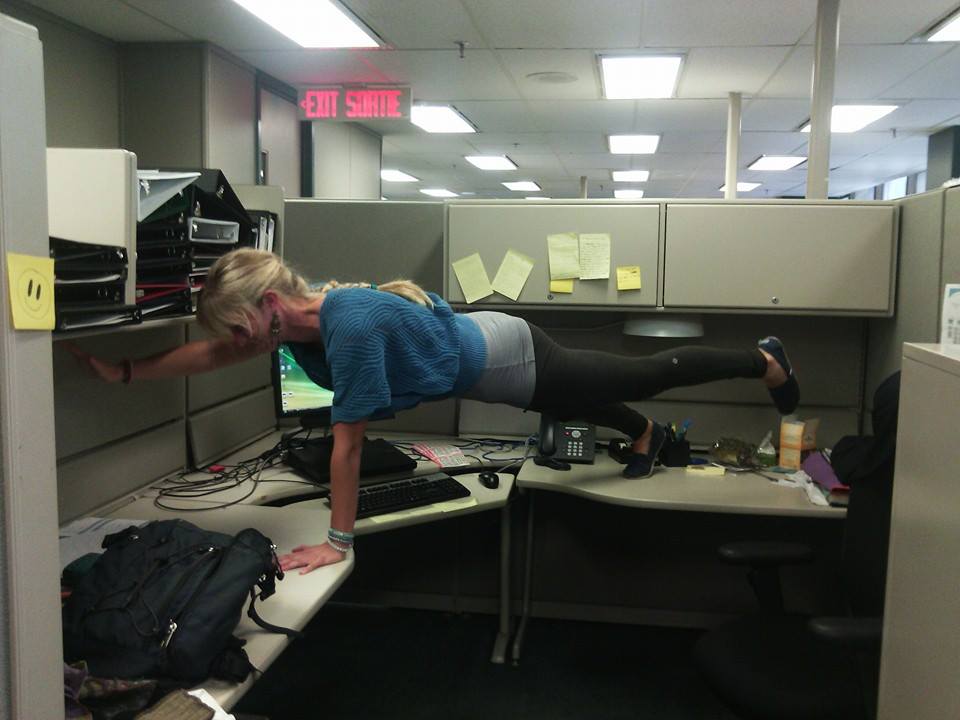|
The five principals of Rolfing are the basis of our sessions. It is what we as Rolfers™ are taught to assess and impact through our sessions with our clients. Whenever you come for a session, be it a session in the 10 series or a random "tune-up" session, I am assessing what I need to do based on these 5 Principles:
1) Wholism. This is the "meta principle" as it governs all of the others. Basically, this principle is all about seeing you as a whole person and seeing patterns of structure and function and the implications that those have for you. 2) Adaptability. At the functional level of a session, this is about your pattern recognition. What is available for change? It is also about freedom of motion between joints and fascial planes. In order to influence change, we must work within the current degree of adaptability. 3) Palintonicity. This principle involves the unity inherent within opposition. What does this mean? Structurally, the relationship between opposites is what gives us dimension. Because there is space and pull between muscles, bones, etc. we have our shape. If there was no palintonicity, we would be blobs. Functionally, this principle includes the capacity for multi-directional relationship with the environment (i.e. how you interact with the world). 4) Support. This is about your ability to to receive support from the environment, the earth, your own legs, feet, and spine. Do you have adequate support for change to occur. Support and Adaptability, are two sides of the same coin. You need both to be able to integrate and affect lasting change and integration of the work. 5) Closure. Each session has a beginning, a middle, and an end. My goal with any session is that the process ends in a way that empowers you and fosters embodiment of the work. I ask myself, "is the a place where you can integrate the work without further intervention?"
0 Comments
The most important thing you can do to help keep your body (and mind) happy and healthy at work is to move. Obviously, you don't have to go to the extreme as pictured above (I was always a little more... daring than most in the office), but doing some stretches, or taking a walk around the office is a good start. Click the link below to read an excellent article on how to incorporate some more movement into your daily routine. I did most of those things while I was working for the government, and it really helped! Read all the way to the end (or skip to the end if you must) there is an example schedule that you can use to program your own movement into your day. Sit-Stand desks are also helpful, as they allow you to transition between sitting and standing while working. Our bodies are meant to move and staying in any one position for hours at a time is not great.
The second part of keeping a healthy, happy body at work is making sure that you are sitting (or standing) properly, with good alignment. For those of you who have had sessions with me, this will be a refresher: 1) Sitting: your knees should be a little lower than your hips. At the most they are the same height. This is to help ensure that your pelvis is the the neutral position, making it easier to sit up tall. Standing: have your weight balanced evenly between your two legs, and spread equally out over the "triangle" of the foot. This is the ball of the foot, so think big toe to little toe, and through to the heel. Notice if you feel clenching in knees, glutes, or abs. If you do, something is out of balance 2) Make sure your computer screen is at a comfortable height, so you aren't straining to look up, or down, or forward to see. |
Author: StephanieThis blog contains my story and my musings on health & wellness and all that that entails (mind, body, spirit). Archives
December 2023
Categories |
Proudly powered by Weebly


 RSS Feed
RSS Feed